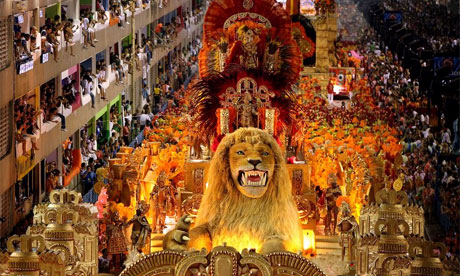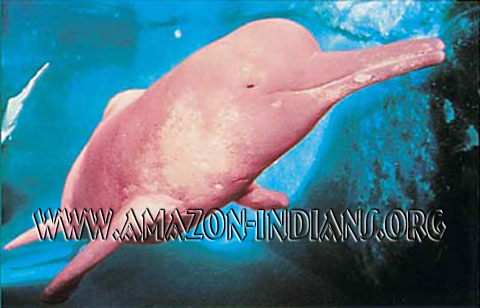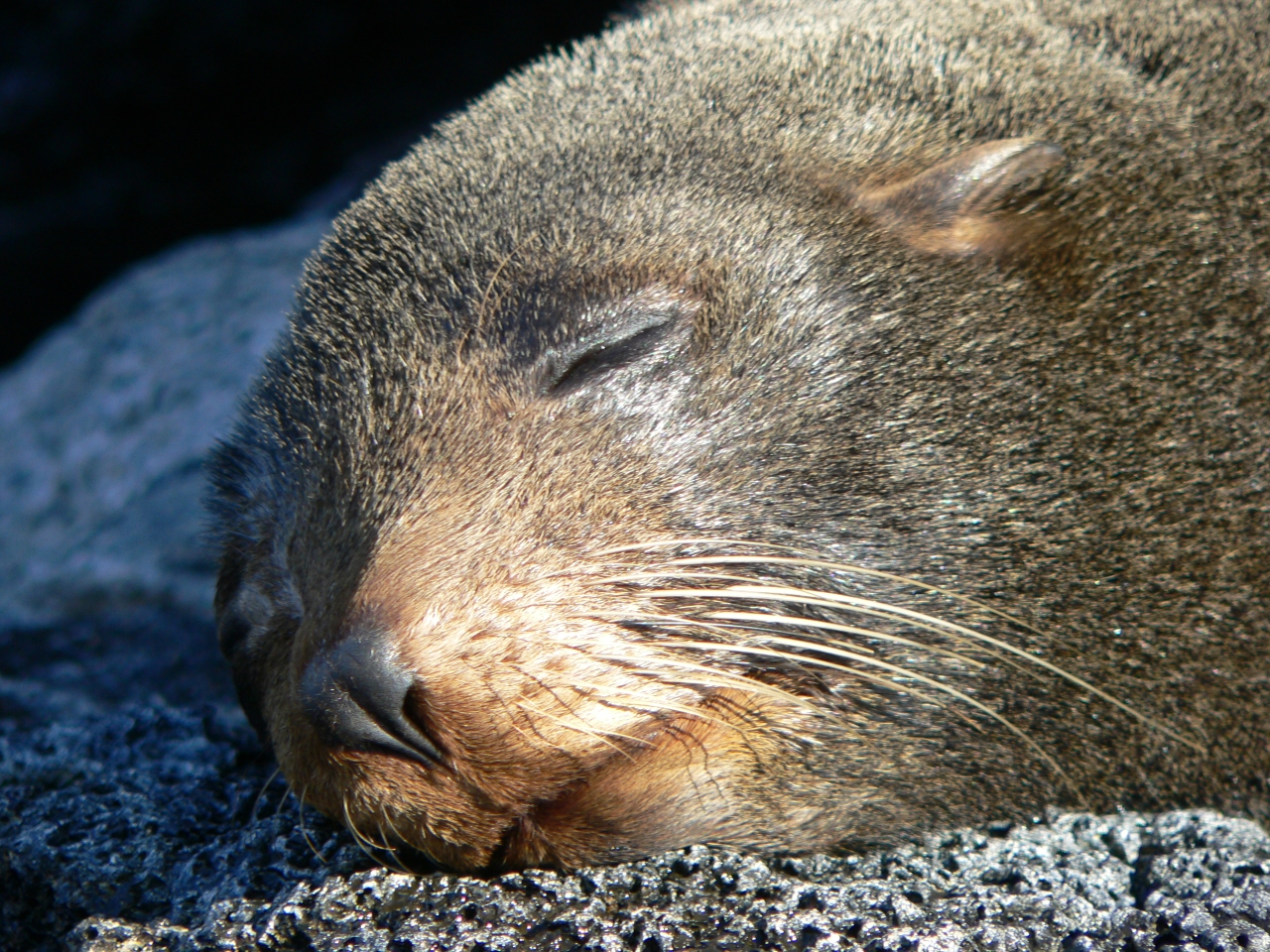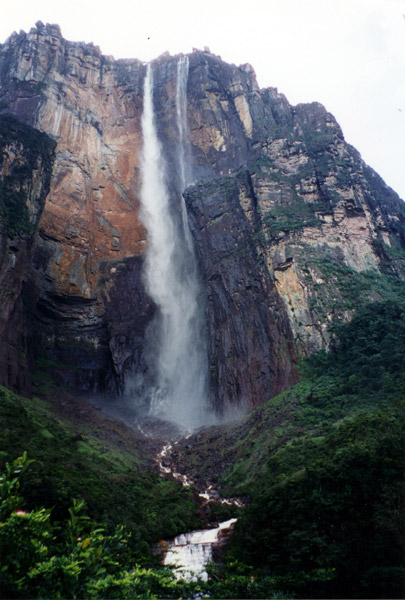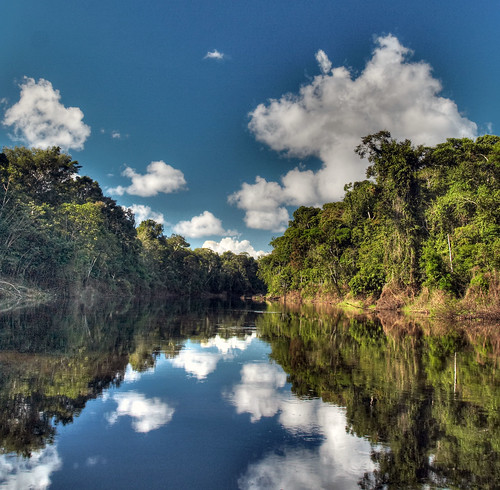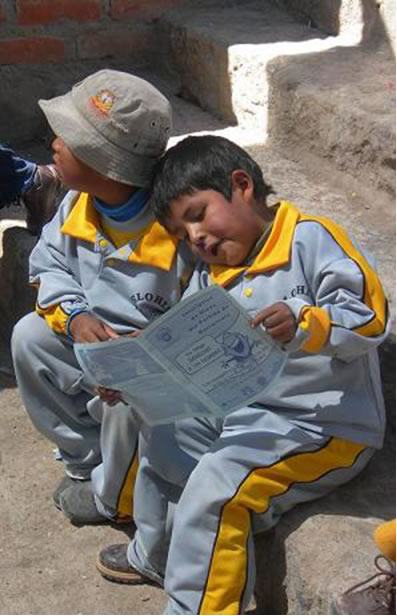Here are some letters our jungle club members wrote to the 8th largest chocolate company in the U.S. and the leading manufacturer of chocolate for fundraisers in schools, churches and community groups. The letters are meant to encourage World's Finest Chocolate to use Fair Trade cocoa in their products. You can see from the emotion in these letters that the students were anxious for change after learning about the problems facing chocolate farmers in South America and other countries where cocoa is grown:
Edmond Opler, Chairman and CEO
World's Finest CHocolate
4801 Lawndale
Chicago, IL 60632-3062
+++++++++++++++++++++++++++++++++++++++++++++++++++++++
Dear Mr. Opler,
I love chocolate. But the way you get chocolate makes me not want to eat chocolate. I am 10 years old and I can go to school, but the children who are forced to make chocolate cannot go to school.
You should consider the well being of all children who are working for you. Please make it possible that they can go to school.
Please try doing fair trade chocolate. And stop forcing children to work on your cocoa farms.
Sincerely,
Sophia S.
++++++++++++++++++++++++++++++++++++++++++++++++++++++++++++++
Dear Mr. Opler,
I am beside myself that coca farmers do not have a choice like me. So you need to help them and start selling Fair Trade Products.
START SELLING FAIR TRADE PRODUCTS!
From,
Emma F.
+++++++++++++++++++++++++++++++++++++++++++++++++++++++++++++++
Dear Mr. Opler,
I love chocolate but don't like the way you do it. You shoud let children go to school. I am also disappointed that cocoa farmers don't get paid enough money. Also you shouldn't use child slaves. Please use Fair Trade Chocolate.
Sincerely,
Emma B.
+++++++++++++++++++++++++++++++++++++++++++++++++++++++++++++++
Dear Mr. Opler,
I feel really disappointed that children are working on cocoa farms instead of going to school. I am also disappointed that the farmers who are working on the farms aren't getting paid enough. But if you use fair trade chocolate, farmers will get paid more and then their cildren will be able to go to school and get an education. PLEASE USE FAIR TRADE CHOCOLATE!
Sincerely,
Ariel B.
+++++++++++++++++++++++++++++++++++++++++++++++++++++++++++++++
Dear Mr. Opler,
It makes me very mad that the children are not able to go to school since all cocoa farmers are poor. The children aren't able to go to school so they will be poor and so will their children. I
HATE the way that you use children slaves.
For these reasons you should start selling Fair Trade chocolate.
YOU CAN MAKE A DIFFERENCE!!
Sincerely,
Emma R.

